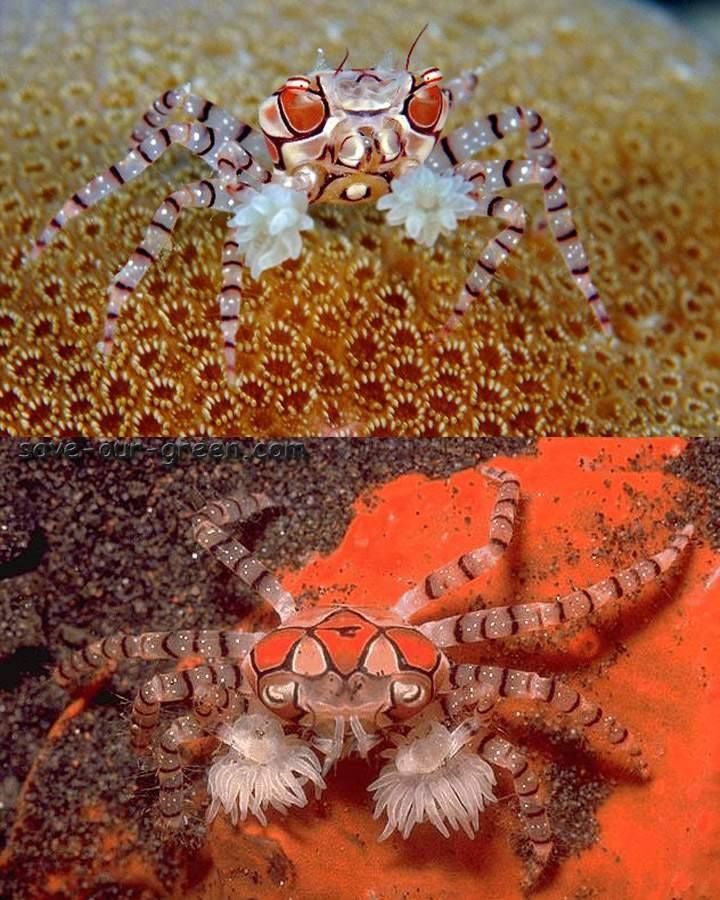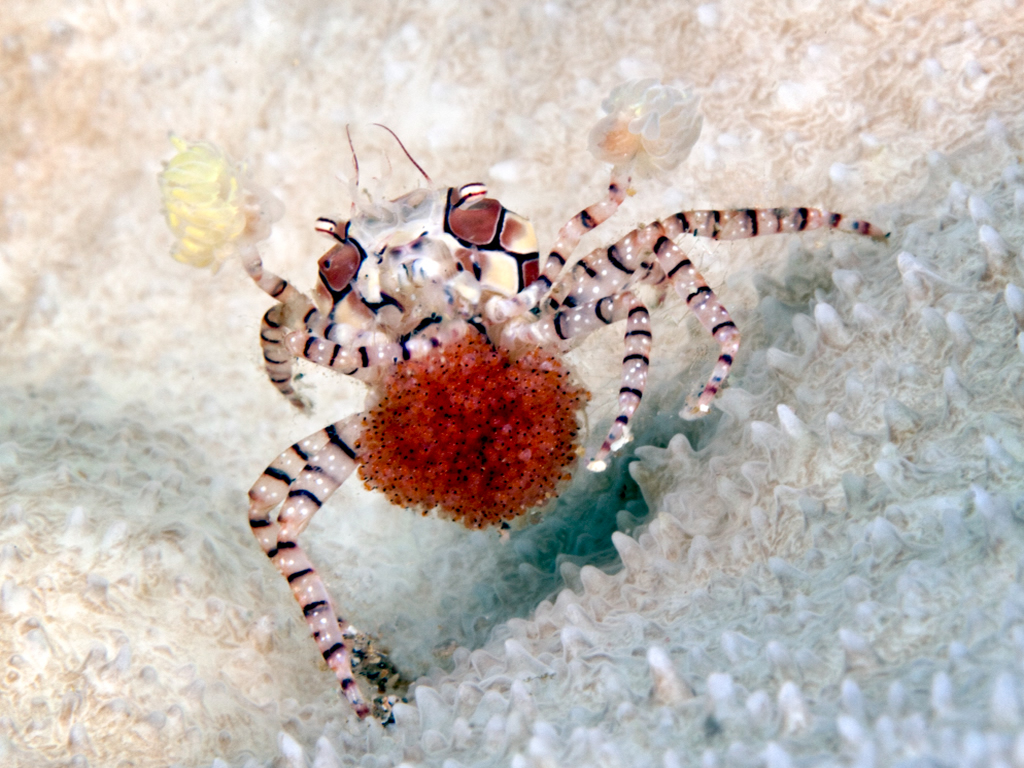

I believe that crab #1 broke his claws off trying to burrow in the waterlogged soil. Poor LillI :< I mention this because I still don't know for sure that crab #1 and the snail's deaths were related.)Īnyway, this summer I had tried my hand at aquascaping with Tropica aquarium soil. (Note: I had had the nerite for eight months and she had seemed happy, but she had recently gotten trapped in the aquarium lid next to my LEDs and spent a couple of days stuck there before I found her. My nerite at the time had been looking poorly too, and when I came back from a long weekend out of town I discovered that both were dead. The crab promptly lost one claw, then the other, and then he died. I have twice tried to introduce a pom pom crab to my tank, and both times the crab died after a couple of weeks. I dose with Seachem Prime at water changes and 0.5mL of Seachem Flourish daily. It is adequately filtered ( corner filter) and heated to 78°. The aquarium houses one mature male betta and one nerite snail, as well as a small population of detritus worms, rhabdocoela, and copepods. Substrate is gravel and sand purchased from my LFS. I have an established 5-gallon cube tank planted with flame moss, anubias, two moss balls, and some extremely persistent riccia. Detailed information on keeping pom pom crabs is hard to find. If provided with the correct environment, it can live for several years in captivity.Hello there, experienced aquarists, and especially anyone who has successfully kept a pom pom crab alive for more than a month. The females produce egg sacs in captivity, but the fry are extremely difficult to raise in the home aquaria. Two males are on the left, the female is on the right. This picture isn't mine, but it shows the difference between the male and the female. Female/male and female/female combinations are acceptable. Do not keep two male pompom crabs together, they will fight. Sexing and breeding: The female crabs have a wider, more pronounced abdomen. Mine are kept in a non photosynthetic coral tank that is fed daily with cyclops ease and frozen mysis. They benefit from target feeding of meaty foods including mysis. Again, as I keep nonphotosynthetics, this seems to help the crab.įeeding: Pompom crabs feed on detrius and small food particles that it picks off the water column by swinging its anemones in an undulating motion. In addition, dimmer light levels seemed to be preferred. If such locations are provided in the front of the tank, the pompom crab will be easily visible throughout the day. The pompom crab prefers a tank location where it feels secure on at least three sides. Considered reclusive, this is a misconception. It has been known to pick up other anemones, including the pest aiptaisa, corals fragments, and sponges as substitutes for lost symbiotic anemones. It can, however, survive quite well in the home aquarium if it loses its anemones which frequently happens in transport. Symbiotic anemone species include Bunodeopsis species and Triactis producta. House with other small, peaceful inhabitants in a smaller aquarium (10g or less). This is not a crab for the large tank as it is preyed upon by a number of carnivorous species because of its small size. The anemone gains a great deal of mobility, while the crab gains some protection from the anemone's nematocysts and uses the anemone to harvest and sting food from the water column and substrate. The crab carries the anemones in its claws.

Minimum tank size:: better suited for nano & pico aquariums, see below for explanation.Ĭare: This species of crab has a symbiotic relationship with certain anemone species. 6, but mine is significantly larger, about 1". Scientific name: Lybia tesselata or Lybia edmondsoni Common name/s: Boxer crab, pompom crab, boxing crab


 0 kommentar(er)
0 kommentar(er)
